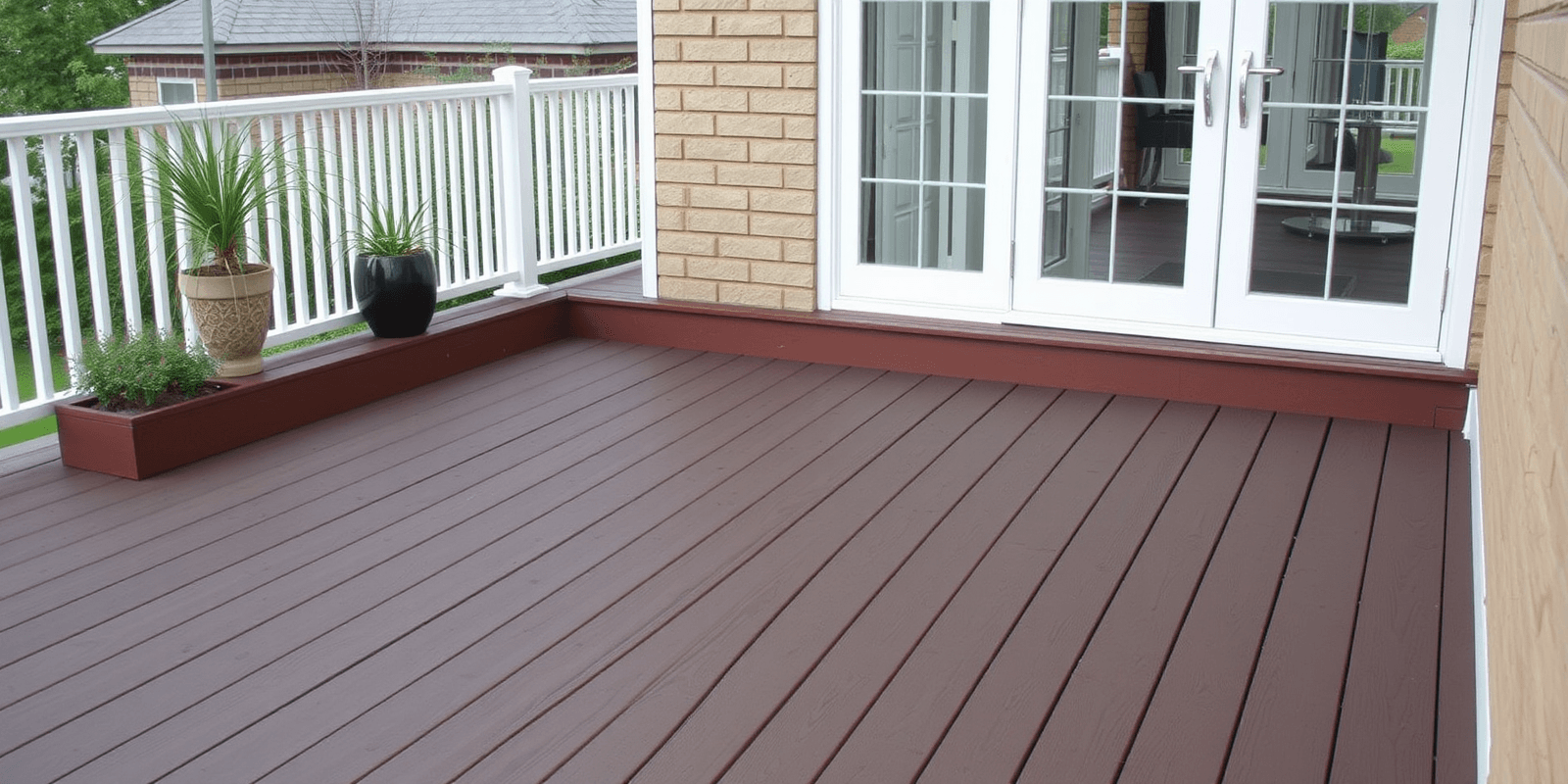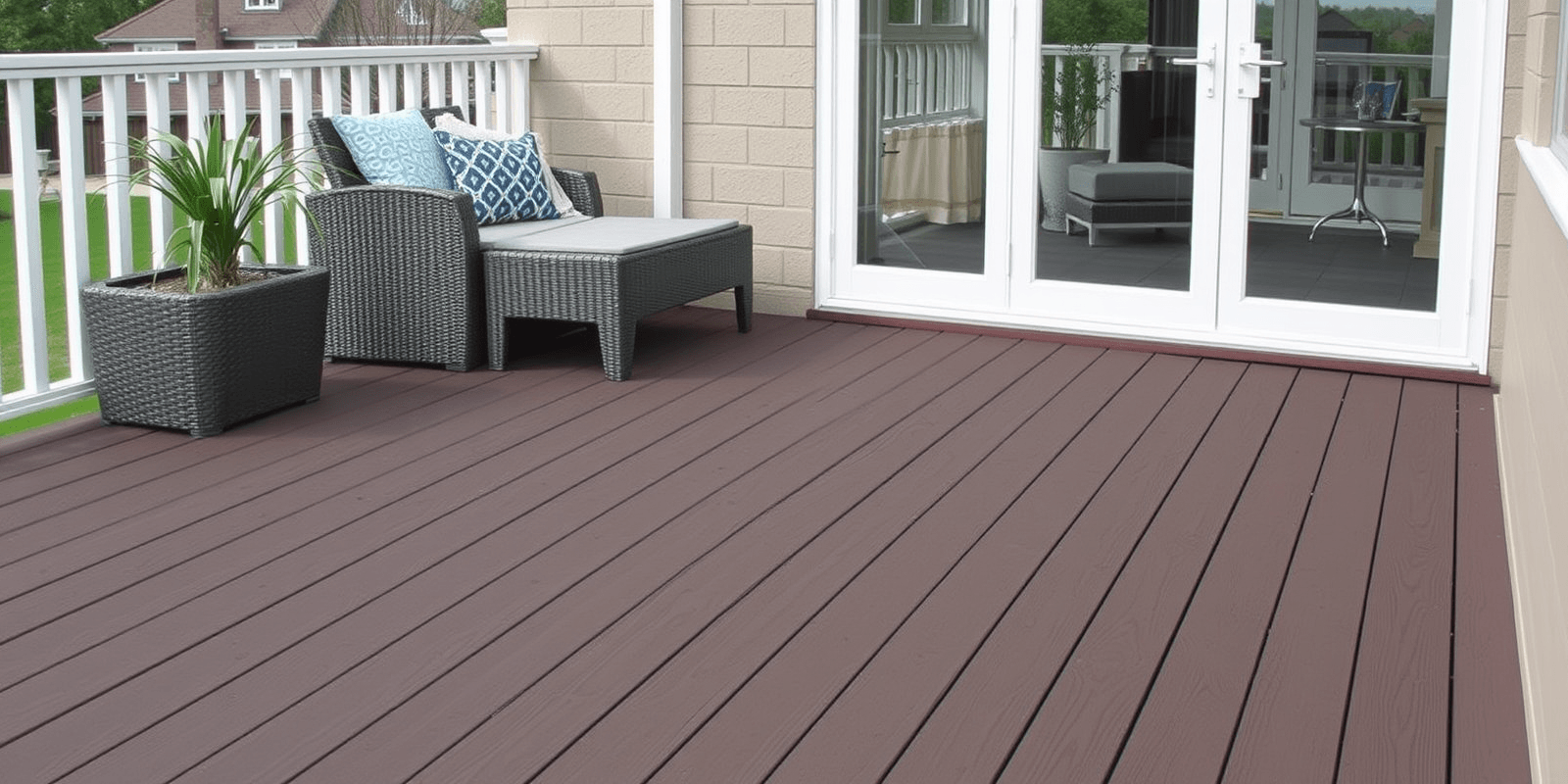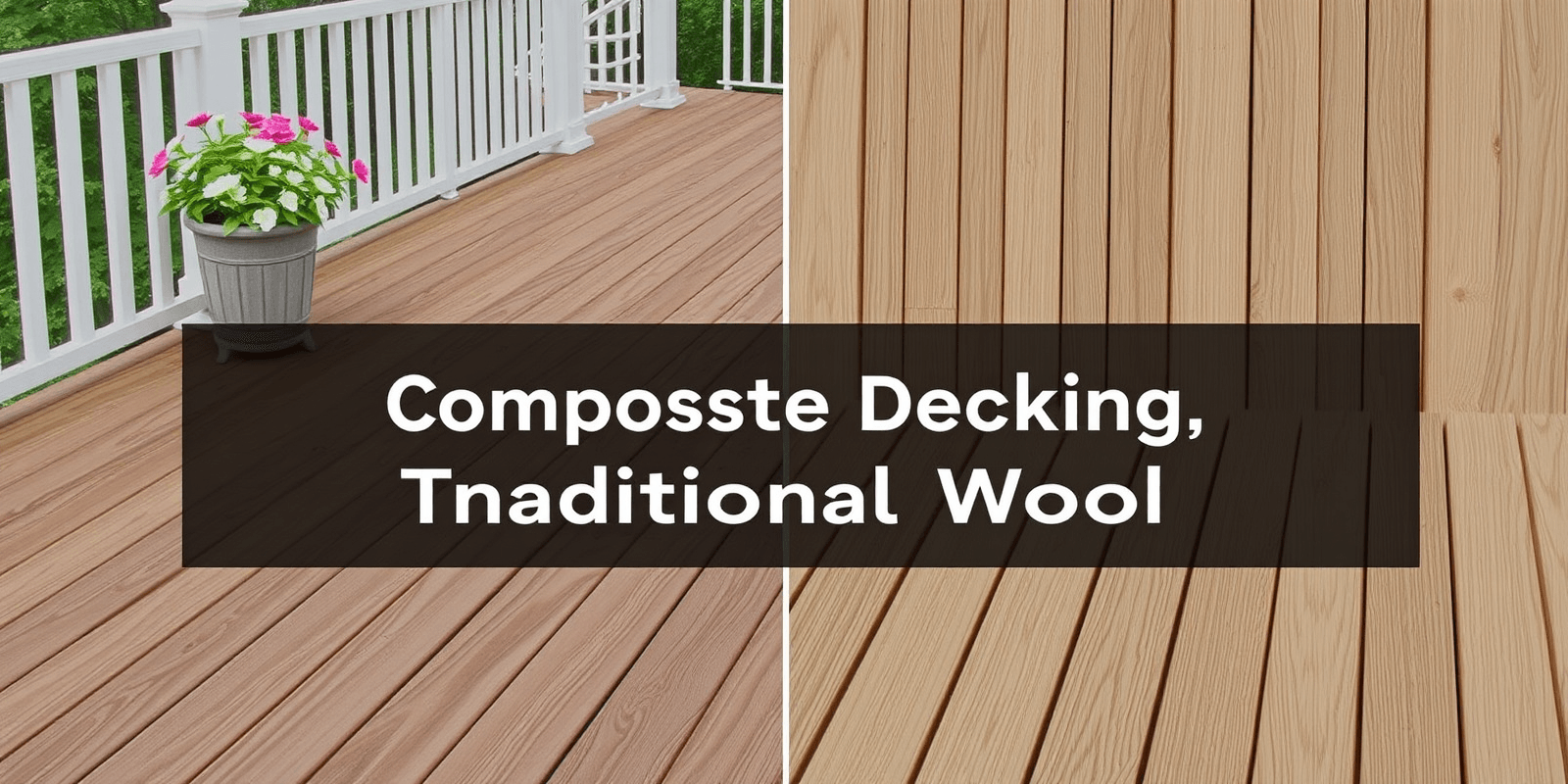“`html
What is Composite Timber Decking
Introduction
In recent years, composite timber decking has emerged as a popular alternative to traditional wooden decks. This innovative material combines the natural beauty of wood with enhanced durability and low maintenance, making it an attractive choice for many homeowners and commercial property managers.
Definition and Properties
Composite timber decking is made from a mixture of wood fibers or sawdust and plastic (usually recycled high-density polyethylene or polypropylene). This combination results in a material that is stronger, more durable, and less prone to rot, decay, and insect damage compared to traditional wood decking. The manufacturing process involves blending these materials under high pressure and temperature, resulting in a consistent, uniform product that can mimic the look of natural wood while offering superior performance.
Advantages Over Traditional Wood
- Durability: Composite decking is highly resistant to weathering, fading, and warping, which means it requires less maintenance over time.
- Low Maintenance: Unlike traditional wood, composite decking does not require regular sealing or staining. It is also easy to clean with just soap and water.
- Environmental Impact: Many composite materials are made from recycled plastics and wood fibers, reducing waste and promoting sustainability.
- Appearance: Composite decking can be manufactured in a variety of colors and textures, allowing for customization to match any aesthetic.
Maintenance Requirements
While composite timber decking requires less maintenance than traditional wood, it still needs some care to keep it looking its best. Regular cleaning with mild detergent and water is sufficient for most situations. Avoid using abrasive cleaners or tools, as they can scratch the surface. In areas prone to heavy foot traffic or stains, occasional power washing may be necessary, but always use a low-pressure setting and test an inconspicuous area first.
Common Applications
Composite timber decking is widely used for residential and commercial outdoor spaces, including patios, balconies, walkways, and pool decks. Its versatility and low-maintenance nature make it ideal for high-traffic areas where durability and aesthetics are essential. Additionally, its resistance to moisture and insects makes it suitable for coastal regions and areas with high humidity.
Environmental Impact
The environmental benefits of composite decking are significant. By utilizing recycled materials, composite decking helps reduce landfill waste and conserves natural resources. Moreover, the longevity of composite decking reduces the need for frequent replacements, further minimizing its environmental footprint.
Conclusion
Composite timber decking offers a compelling combination of beauty, durability, and sustainability, making it an excellent choice for modern outdoor living spaces. While it may have a higher upfront cost compared to traditional wood, the long-term savings in maintenance and replacement costs make it a worthwhile investment. As technology continues to advance, we can expect even more innovative and eco-friendly composite materials to emerge, further enhancing their appeal and functionality.
“`



